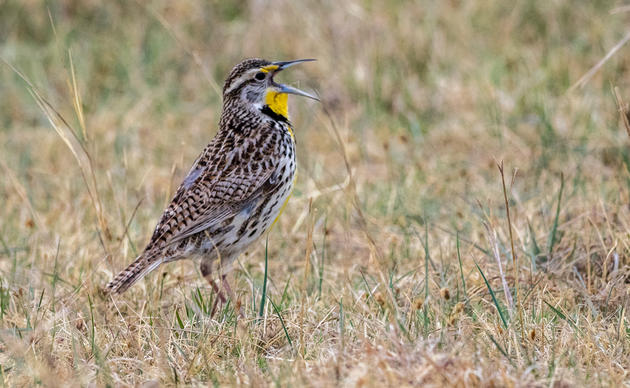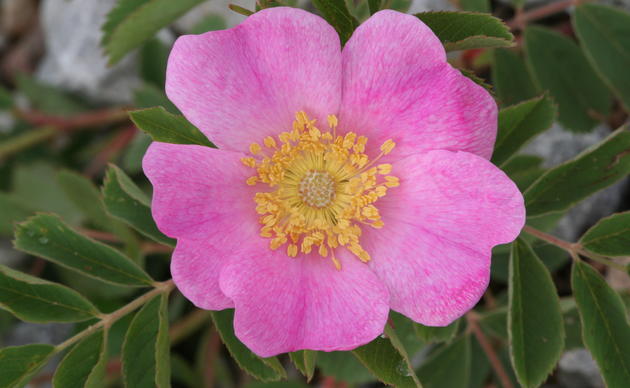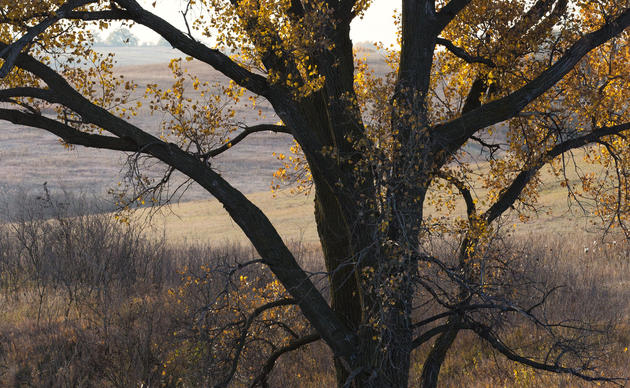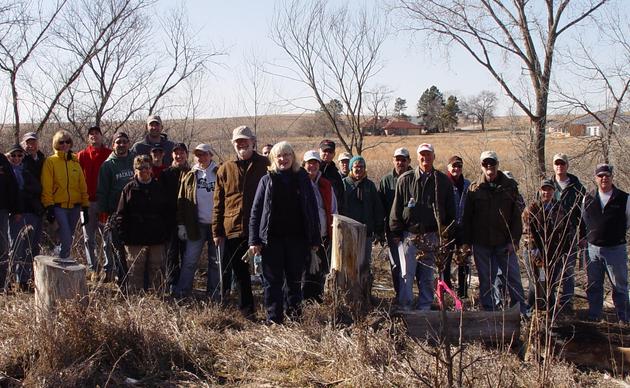These projects rely on the dedication and passion of volunteers. Sign up today to make a difference. Write us if you want more information.
Great Backyard Bird Count - This is a free, fun event that engages bird watchers of all ages in counting birds to create a real-time snapshot of bird populations. Anyone can take part, from beginning bird watchers to experts, and you can participate from your backyard, or anbywhere in the world. Watch for a GBBC at Spring Creek Prairie next February.
Climate Watch - Audubon’s Climate Watch is a new community science program that explores how North American birds are responding to climate change. This innovative program enlists volunteer birders across North America to count certain bluebirds and nuthatches in the same place (or places) twice each year. Climate Watch participants do not need to be expert birders, but should know how identfy target species by sight and sound or be interested in learning to do so.
Christmas Bird Count - This is a long-standing program of the National Audubon Society, with over 100 years of community science involvement. It is an early-winter bird census, where thousands of volunteers in the U.S., Canada, and many countries in the Western Hemisphere go out over a 24-hour period on one calendar day to count birds. The data collected by CBC participants over the past century and more have become one of only a few long-term pools of information showing ornithologists and conservation biologists how the birds of the Americas are faring over time.
Bees of SCP - Help us learn more about native bees
This effort is to learn more about our native bees and wasps and the flowers they use. As you walk the SCP trails, snap a photo of any bee or wasp seen, upload the photo to iNaturalist (app) with our address as the location, and that's all there is to it. iNaturalist can be used to help us catalogue more than just insects, you can take pictures of plants, birds, and all sorts of living things.
Why “Community Science” ?
Audubon welcomes everyone who finds delight in birds and nature. As part of Audubon’s commitment to equity, diversity, and inclusion, we have transitioned from using the term “citizen science” to the more inclusive term “community science.” No matter where a volunteer was born, or how they came to the United States, we value their contribution to our science and conservation programs. Citizenship, or the perception that a volunteer may or may not be a citizen, certainly isn’t a prerequisite to caring for birds.
Furthermore, participation in volunteer data-collection initiatives like the Audubon Christmas Bird Count and the Great Backyard Bird Count are, at their best, communal experiences that bring us together as a caring community of people who are inspired by birds and want to protect them. The term community science better reflects these social and relational realities.
How you can help, right now
Keep in Touch
Here's how you can keep in touch with all the activities and programs at Spring Creek Prairie Audubon Center




